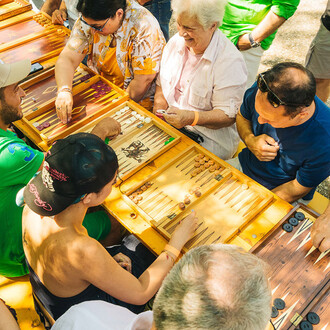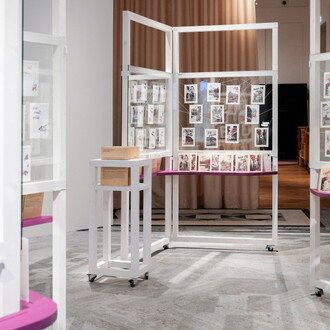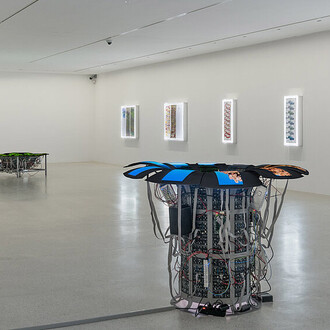Victorian England was where Dutchman Lawrence Alma-Tadema developed into a celebrated artist. His sensual representations of everyday scenes from antiquity made him famous beyond the borders of Great Britain. The artist and his works will be honoured with a solo exhibition in the Lower Belvedere from February 24 to June 18, 2017. The works presented have been on show at the Fries Museum in the Netherlands since October 2016.
Born and raised in Friesland, Alma-Tadema received his education in Belgium before immigrating to London in 1870. He lived there with his two daughters from his first marriage and his second wife, Laura Theresa Epps, who was also an artist. The family’s furnished studios were of central importance to him. The couple collected materials, objects, and furniture from different centuries and cultures – both originals and copies. Many of these objects can be found in Alma-Tadema's paintings. Fascinated by antiquity, Alma-Tadema brought to life quotidian scenes from ancient Rome, Pompeii, and Egypt in his works. Meticulous studies of ancient objects and structures contributed to the appeal and credibility of his representations. His masterful rendering of materiality, his innovative approach to the portrayal of space, and the distinct narrative element of his paintings inspired his contemporaries and made him one of the most sought-after and expensive artists of his time. His compositions shaped the way people imagined life during antiquity and inspired the costume designs and set concepts for epic historical film productions such as Quo Vadis? by Enrico Guazzoni (1913) and Ridley Scott's Gladiator (2000).
With major works from all over the world, the exhibition located in the Lower Belvedere gives insight into the artist’s life and work and invites one and all to dive into the decadent world of English aestheticism.
















